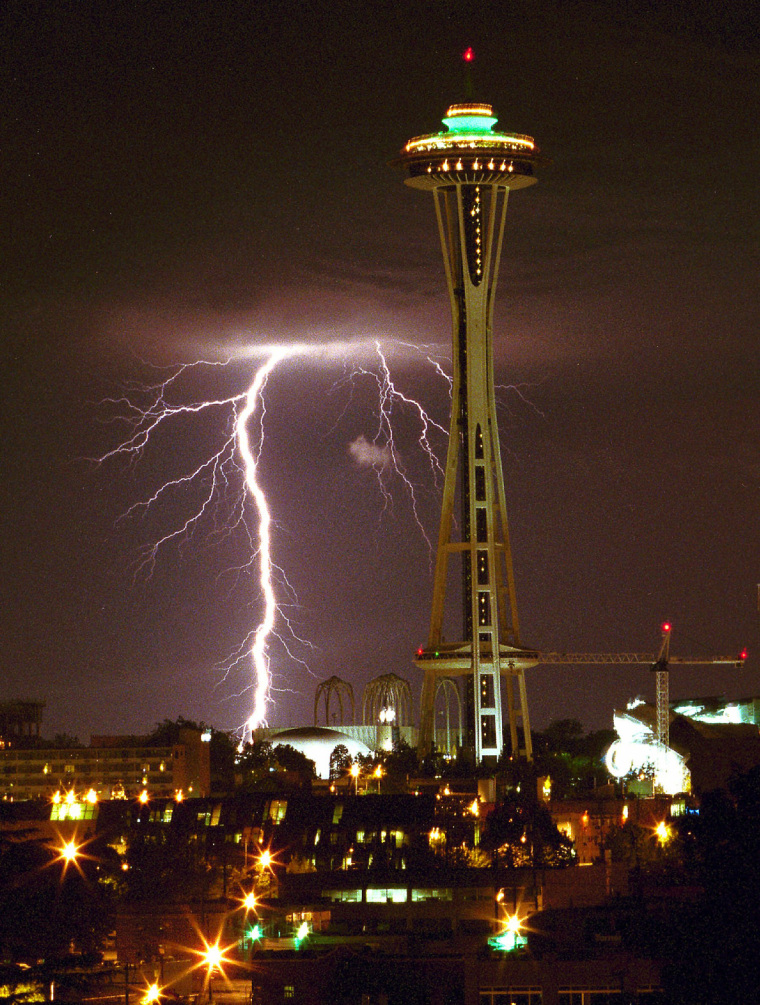A satellite dispatched to scout out high-energy gamma rays streaming from the cosmos found that not only were flashes of gamma rays oddly close to home, but they were also powerful enough to annihilate matter.
The radiation stemmed from lightning storms on Earth. Scientists using NASA's Fermi Gamma Ray Telescope recorded 17 gamma ray flashes coming from Earth that matched up with lightning tracked by the World Wide Lightning Location Network, operated out of the University of Washington in Seattle.
Previous gamma ray telescopes had detected the terrestrial gamma radiation, which was a huge surprise when it was first discovered in 1994.
Most of the gamma rays observed by Fermi and other telescopes come from the destruction of supermassive stars and other cataclysmic events far beyond the galaxy.
"Probably the last place we ever expected to see gamma rays was from Earth or Earth's atmosphere," Gerald Fishman, an astrophysicist at NASA's Marshall Space Flight Center in Huntsville, Ala., told Discovery News.
"It was a serendipitous discovery," he added. "For 10 or 12 years, it was treated as a scientific curiosity. No one knew what to make of it."
Fermi's observations of terrestrial gamma rays have deepened the mystery. At least one of the flashes contain an unmistakable pattern of positrons — the antimatter counterpart of electrons.
"It was a surprise, and now we have to explain it," said Fishman, who is working on a paper about the discovery with colleague Michael Briggs at the University of Alabama in Huntsville.
Scientists believe strong electric fields can trigger an avalanche of high-energy electrons that interact with the atmosphere, a sort of naturally occurring particle accelerator.
The electron avalanche may be what triggers lightning, as well as produce gamma radiation, Fishman said.
Lightning can generate a huge amount of power in a very short time, added University of Washington physicist Robert Holzworth, who oversees the lightning tracking project used by the Fermi scientists.
"Not many natural phenomena are as powerful as lightning," Holzworth said. "It's very easy for me to imagine enough energy to come up with an electron-positron pair."
Briggs and Fishman announced their discovery at a Fermi science conference earlier this month. Publication of their research is pending.
